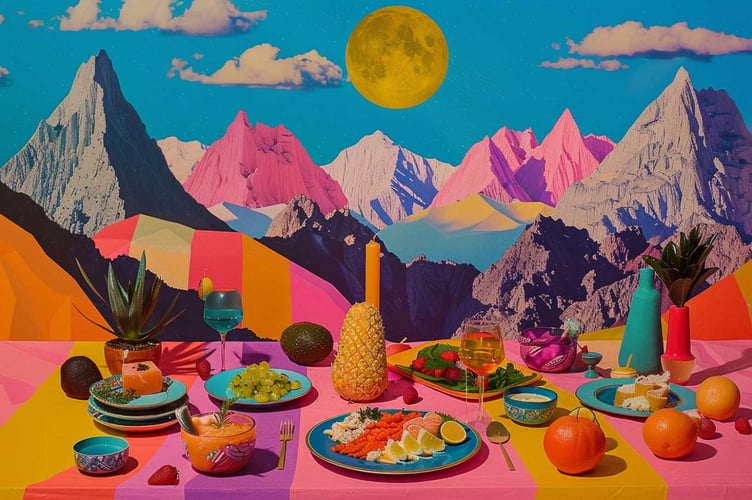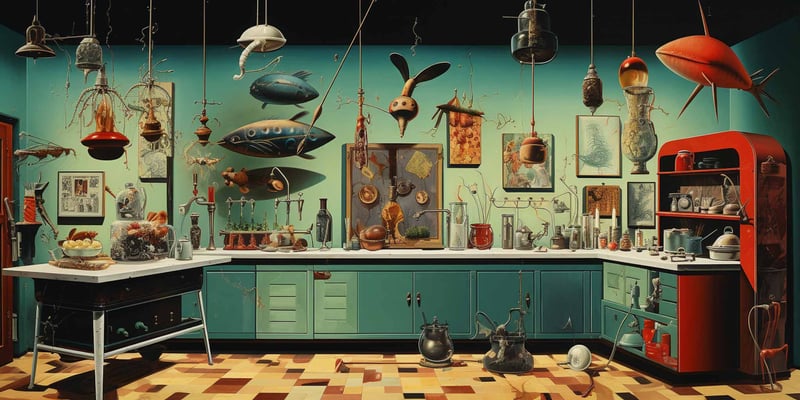Thomas and I messaged each other about koji inoculated quinoa burger patties (like they do in Copenhagen) before we met in person. When we accidentally crossed paths at Blub, I was charmed by his palpable passion and his warmth, which was reinforced by his constant smile and hug at the end of our encounter.
Thomas’ background is fascinating in its diversity: he studied Musicology, worked in high end restaurants, pursued a master’s in Business and became a koji geek. There is something poetic about the Musicology student who grew up in Bremen, in a family of candy artisans, but nothing beats the magic of playing with fungi in Vienna, especially when that results in mouth-watering plant-based charcuterie that I can get my hands on whenever I please.
Koji is a trendy fungus (assuming that ‘trendy’ is a word one can use for mycelium and spores). If the Japanese have used it throughout history to ferment some of their staple umami ingredients, koji’s popularity in Europe was most likely bred in innovative kitchens in the Nordics and supported by other koji geeks across the Atlantic, who even organise a yearly online event called Kojicon.
In a nutshell, koji loves to spread its mycelium (think of this as the roots of fungi) on grains and some seeds, which can then be further used in the fermentation of various concoctions that become miso pastes, soy sauce, sake and more. On vegetables, it creates its mouldy network on the outside (like brie) and changes its structure and flavour.
When Thomas makes his kojified beets, carrots or kohlrabi, he follows a series of processes - he cooks, lacto ferments, inoculates with koji and dehydrates the end result to develop a good bite and a richer flavour. He also makes more than just the plant based charcuterie. It took a visit to his kitchen to get hooked on his miso pastes, shoyus and koji-beet jerky. In fact, it was miso that started the dynamic duo of koji and Thomas. As he was delving into the universe of plant based cheese, a taste of a two-year-old miso at Mimi ferments in Berlin, reminded him of good mountain cheese and got him hooked on the almighty fungus that creates umami flavours.
The Flora&Rauna kojified vegetables (all of which organic, local and seasonal) have a texture similar to that of charcuterie, yet their flavour changes and develops based on the fermentation processes and the age of the vegetable. Some taste like mushrooms on a rainy day, some have the musky smell of salami, others carry sweet and floral notes.
From thirty kilograms of vegetables, about five remain after the fermentation process ends. Every step takes a few days and the end product is stable for about eight weeks. Thomas uses local, seasonal and organic produce and supplies his goods to a few restaurants in the city, as well as to some of us, gastronomes, who cannot wait to experiment with flavour and texture in some new dish.
You can find his koji charcuterie at Augora Fermente.
.jpg?width=1600&height=900&name=berriesandspice_a_vintage_collage_with_a_beetroot_absurdist_sur_6c892758-5842-4288-9e31-35317b0e6062%20(1).jpg)


